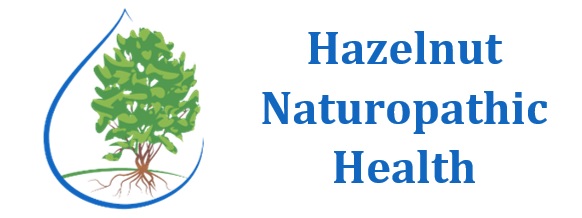
Chelated Minerals and Mineral Absorption
Did you know you don't absorb 100% of the vitamins and minerals you eat? Bioavailability is a term that science uses to explain this phenomenon. Whether your nutrients come from food or supplements, the type of nutrients and what they are taken with is important. For example, taking vitamin D while drinking your milk or taking a calcium supplement can help increase calcium bioavailability. This means you can absorb it into your body more efficiently and effectively. Since minerals play a role in many body functions, bioavailability is worth considering.
One way to increase mineral absorption is to take chelated (pronounced "key-late-ed") minerals. These minerals are bound to an amino acid or organic compound to improve absorption. An example of these binding compounds includes amino acids like glycine, lysine, or aspartic acid. Possible organic acids include acetic acid, citric acid, gluconic acid, or picolinic acid. Once bound, these result in chelated minerals. Examples include copper glycinate, chromium picolinate, zinc picolinate, and gluconate to name a few. More research is needed on this subject as the topic causes some arguments among scientists and nutritionists.
Additionally, research has shown adding probiotics to your diet via food or supplementation may also increase mineral absorption. Taking vitamin C can help with the absorption of some minerals such as iron. Finally, chelated minerals may be better tolerated than other minerals by older adults. Because as you get older, your body produces less stomach acid for digestion. In general, chelated minerals require less acid for absorption. Talk to your doctor before adding any mineral supplements. Looking for more personalized information? Check out Dr. Blandford with a Discovery Visit (15 minutes) to see if naturopathic health options might help!
Resources:
- Bielik, Viktor, and Martin Kolisek. 2021. "Bioaccessibility and Bioavailability of Minerals in Relation to a Healthy Gut Microbiome." International Journal of Molecular Sciences; 22(13): 6803. doi:10.3390/ijms22136803
- Melse-Boonstra Alida. 2020. "Bioavailability of Micronutrients From Nutrient-Dense Whole Foods: Zooming in on Dairy, Vegetables, and Fruits." Frontiers in Nutrition; 7. doi:10.3389/fnut.2020.00101. https://www.frontiersin.org/journals/nutrition/articles/10.3389/fnut.2020.00101
- Rayman, Ryan. 2020. "What Are Chelated Minerals, and Do They Have Benefits?" https://www.healthline.com/nutrition/chelated-minerals
- Wegmüller, Rita, et al. 2014. "Zinc Absorption by Young Adults from Supplemental Zinc Citrate is Comparable with that from Zinc Gluconate and Higher than from Zinc Oxide." The Journal of Nutrition; 144(2): 132-6. doi:10.3945/jn.113.181487

Leave a Comment
(0 Comments)